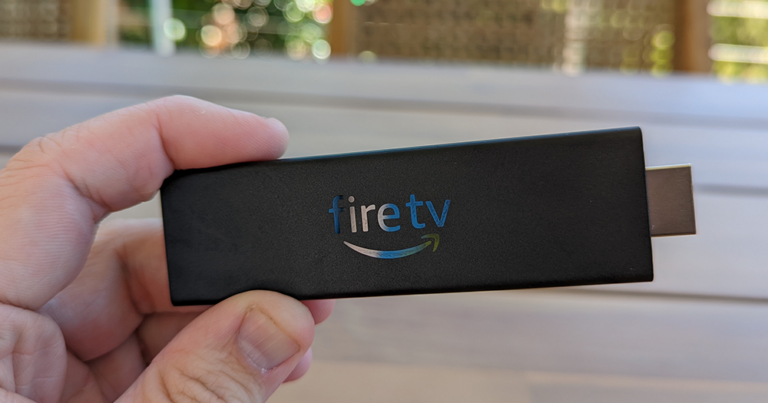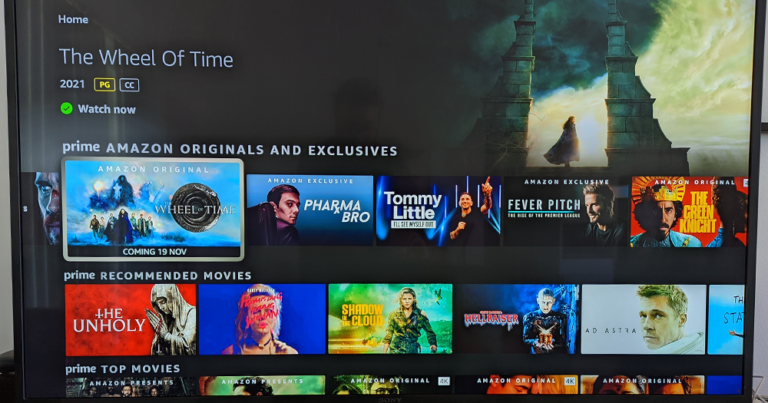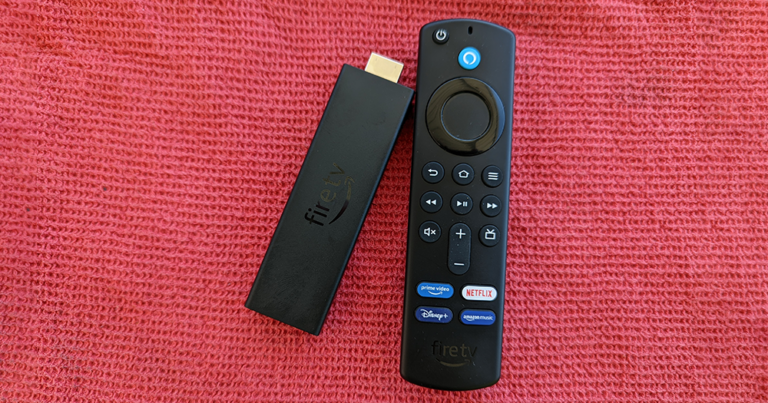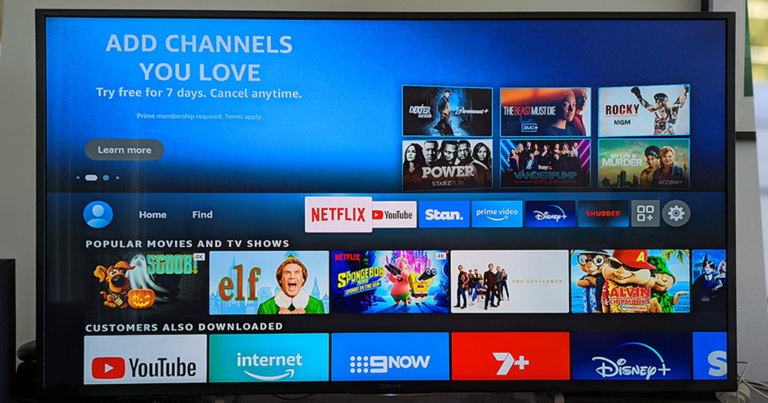Optus Mobile Review ALDI Mobile Review Amaysim Mobile Review Belong Mobile Review Circles.Life Review Vodafone Mobile Review Woolworths Mobile Review Felix Mobile Review Best iPhone Plans Best Family Mobile Plans Best Budget Smartphones Best Prepaid Plans Best SIM-Only Plans Best Plans For Kids And Teens Best Cheap Mobile Plans Telstra vs Optus Mobile Optus NBN Review Belong NBN Review Vodafone NBN Review Superloop NBN Review Aussie BB NBN Review iiNet NBN Review MyRepublic NBN Review TPG NBN Review Best NBN Satellite Plans Best NBN Alternatives Best NBN Providers Best Home Wireless Plans What is a Good NBN Speed? Test NBN Speed How to speed up your internet Optus vs Telstra Broadband ExpressVPN Review CyberGhost VPN Review NordVPN Review PureVPN Review Norton Secure VPN Review IPVanish VPN Review Windscribe VPN Review Hotspot Shield VPN Review Best cheap VPN services Best VPN for streaming Best VPNs for gaming What is a VPN? VPNs for ad-blocking This updated model looks and feels identical to the former, with all of the changes below the surface. There’s a faster processor running the show, support for WiFi 6 networks for faster streaming, and an absence of some of the bugs we noted in our last review. The focus on speed is welcome, but not entirely necessary given the performance we experienced earlier in the year. If you bought a Fire Stick 4K you have every right to feel bummed out about this update. It costs the same and is future proofed with the latest networking tech. And, most importantly, it still just costs AU$99. The Fire Stick 4K Max feels great to use, and is noticeably zippier than other devices, like the Google Chromecast with Google TV which, though very usable, is still prone to lagginess. The user interface is laid out in a familiar way, with strips of thumbnails highlighting the titles you’ve recently watched and those from genres you’ve shown an interest in. There is a small strip of app icons between the banner advertisements and these thumbnails, which feels like a weird use of space given that it is these shortcuts you’ll be looking to use most frequently. Of course, you man avoid the navigation altogether and simply speak into the remote and have Alexa find the show you want instead. You just press and hold the blue Alexa button and tell it what you’re looking for. It’ll search across the apps and offer different options to choose from. There’s also a new button on the remote dedicated to ‘Live TV’, but unfortunately this has a limited function in Australia. In the US, this button launches a TV Guide interface for watching digital broadcasts from a multitude of US TV stations. Locally, it switches to a genre search interface. Another letdown for Aussies is the lack of Binge and Kayo apps on the Prime Appstore and that Stan’s database isn’t indexed by Alexa, so you can’t use the voice search to find those shows. The Chromecast has a few advantages though. It has a larger range of apps to install, including Binge and Kayo, but it also has the built-in functionality of its namesake: Chromecast. The support for Chromecast is all across the web now, it’s practically a verb, and it is something I immediately missed when testing the Fire Stick. Got a goofy cat fail video you want to share with your housemates? You can flick it up on the big screen with a Chromecast, or you can fiddle around with Screen Mirroring on the Fire Stick, which is far less useful or convenient. The decision might also boil down to whether you have either Alexa or Google Home devices in your house. Both devices are far more useful when connected to the larger system.


























